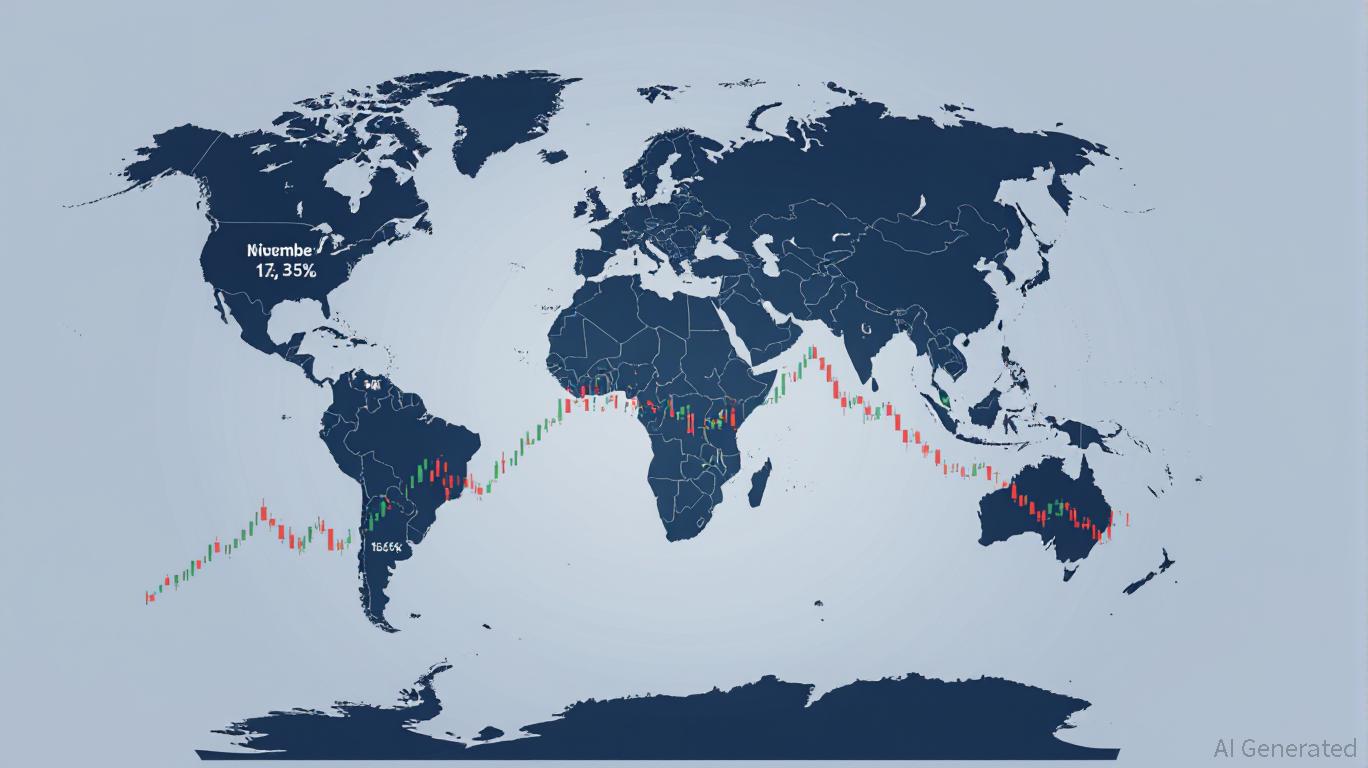Bitcoin Mining Profitability Declines by 7% in September
- Jefferies reported a significant decline in mining profitability.
- Network hashrate rose by 9%.
- Marathon Digital leads in BTC production but sees reduced output.
Bitcoin mining profitability decreased by over 7% in September 2025, primarily due to a 9% increase in network hashrate and a 2% drop in Bitcoin’s price, according to Jefferies. Publicly listed North American miners, including Marathon Digital Holdings, saw reduced production.
Bitcoin mining profitability fell by over 7% in September 2025, investment bank Jefferies reports, citing increased network hashrate and a slight dip in BTC prices as primary factors.
Bitcoin mining profitability’s decline highlights the challenges miners face due to rising hashrate and price fluctuations. Immediate concerns focus on lower earnings, impacting major firms like Marathon and CleanSpark.
Bitcoin mining earnings saw notable reductions in terms of profitability, according to Jefferies. Analysts attributed the more than 7% decline in September chiefly to an increased network hashrate and decreased BTC prices. Key industry players were affected; Marathon Digital Holdings led mining production, though their output still fell compared to August. CleanSpark also encountered similar circumstances as the network hashrate climbed 9%. The increased hashrate put pressure on earnings as the mining industry experienced a shake-up. Lower revenue was felt among companies, such as Marathon and other North American miners, who faced increased costs without parallel gains. Financial markets had mixed reactions, with Jefferies adjusting price targets for entities like Galaxy Digital and Marathon. Analysts maintained a cautious outlook on sector stability, given the current revenue squeeze from rising network challenges.“A hypothetical one EH/s fleet of BTC miners would have generated ~$55k/day in revenue during August, vs ~$58k/day in July and ~$44k a year ago.” — Jonathan Petersen, Senior Analyst, JefferiesFuture financial outcomes remain uncertain as miners continue grappling with technological demands and cost fluctuations. Historical data suggests profits can waver significantly with hashrate changes and price volatility, posing potential operational hurdles.
Disclaimer: The content of this article solely reflects the author's opinion and does not represent the platform in any capacity. This article is not intended to serve as a reference for making investment decisions.
You may also like
Nigeria's Embedded Finance Experiences Rapid Growth Amidst Reforms and International Oil Market Uncertainties
- Nigeria's embedded finance market is projected to reach $4.34 billion by 2025 with a 12.2% CAGR, driven by digital adoption in e-commerce, healthcare , and education. - Economic reforms under President Tinubu led S&P to upgrade Nigeria's credit outlook to "positive," while Moody's raised its rating to "B3" in May 2025. - Fiscal challenges persist as Nigeria raised $2.35 billion via Eurobonds to address 2025 budget deficits amid global oil price volatility and implementation hurdles. - Fintech growth acce

Bitcoin News Update: Harvard's Bitcoin ETF Decision Indicates a Change in Institutional Approach
- Harvard University increased its iShares Bitcoin Trust (IBIT) holdings to $442.8M, a 257% surge, becoming a top 20 IBIT holder. - The endowment also boosted gold ETF investments by 99% to $235M, signaling a hedging strategy against economic uncertainty. - Analysts highlight Harvard's move as symbolic validation of Bitcoin ETFs, with BlackRock's IBIT dominating 35% of U.S. inflows. - The $60.8B net inflow into U.S. spot Bitcoin ETFs since 2024 underscores institutional adoption of digital assets for diver

Polkadot News Update: Meme Tokens or Regulated Hybrids: Which Will Lead the 2025 Bull Market?
- BlockchainFX ($BFX) raises $11.2M in presale, outpacing SHIB and DOT with AOFA regulatory compliance and multi-asset trading. - BFX offers 50% bonus via LICENSE50 code, projecting 700%+ returns at $0.50/token, contrasting SHIB's speculative meme coin model. - Analysts highlight BFX's hybrid DeFi-traditional finance platform, staking rewards, and institutional roadmap as 2025 bull run advantages. - With $11.1M near soft cap, BFX's regulated framework and utility-driven model position it as a top crypto bu

The Driving Force Behind Bitcoin’s Latest Steep Drop: Macro-Economic Uncertainty Versus Investor Mood in Cryptocurrency Price Fluctuations
- Bitcoin's November 2025 plunge below $100,000 triggered $869M in U.S. ETF outflows, the second-largest single-day withdrawal. - Macroeconomic risks, including U.S. inflation and UK fiscal shifts, heightened global uncertainty, undermining Bitcoin's perceived safe-haven status. - ETF outflows and fragile retail investor confidence accelerated the selloff, with BlackRock’s IBIT and Fidelity’s FBTC losing $256M and $120M respectively. - The interplay of macro risks and market sentiment created a "perfect st
